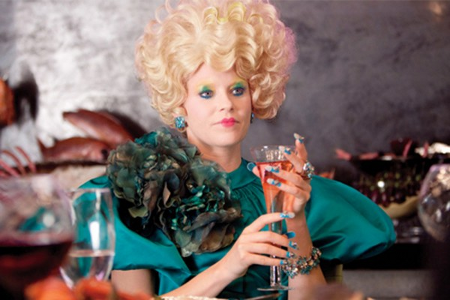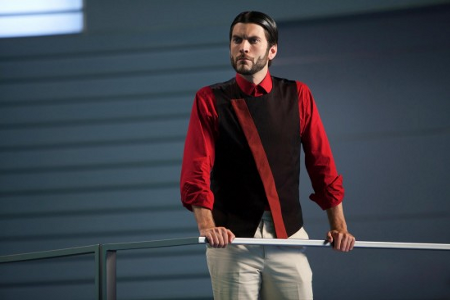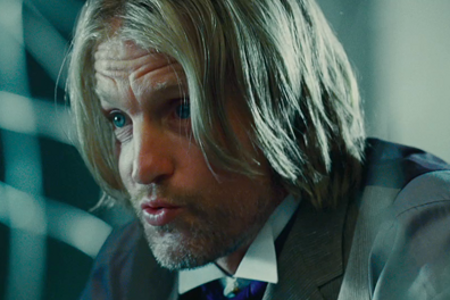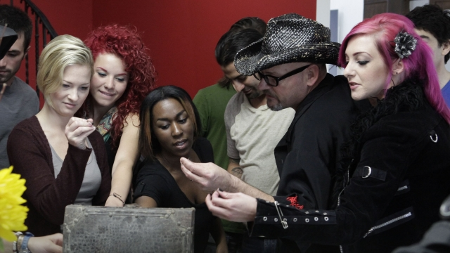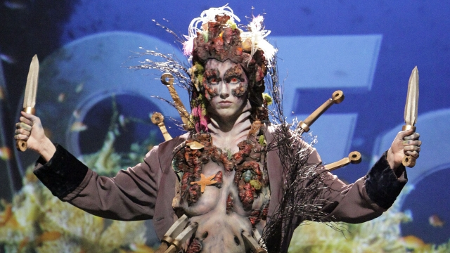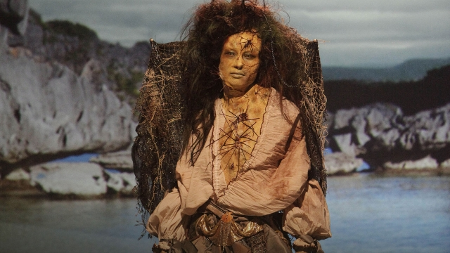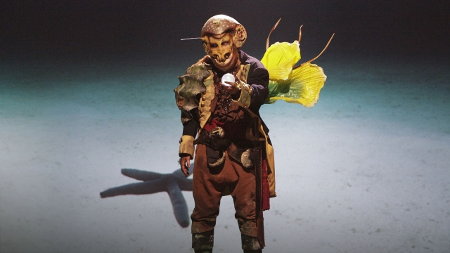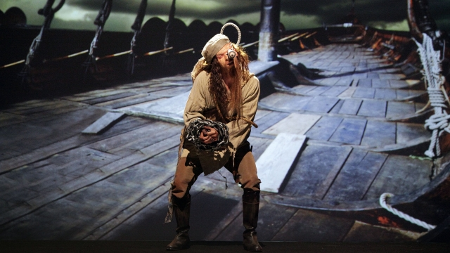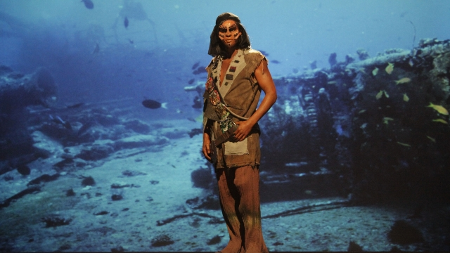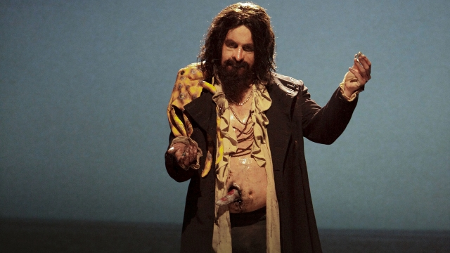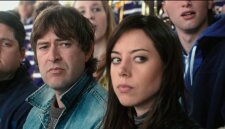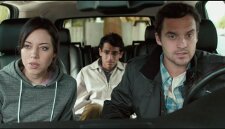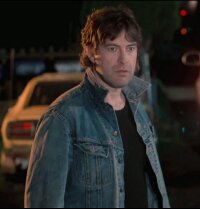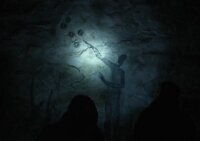Seeking a Friend for the End of the World is the cinematic equivalent of freestyling at the club and dropping the mic when the beat drops out. Lorene Scafaria’s debut directorial effort (she previously wrote the charming screen adaptation of Nick and Norah’s Infinite Playlist) is a strong, stylish work fully committed to its conceit.
And what is that conceit? Scafaria wanted to write a film about the end of the world where the world actually ends at the end. No final mission to save mankind, no last minute “Look, it’s turning!” moment–just a film about the last days of mankind. It’s a tremendous success.
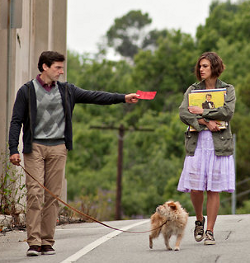 Dodge (Steve Carell) learns the world will end in three weeks due to a cataclysmic asteroid collision with earth. As soon as the radio story ends, Dodge’s wife flees the car and never comes back home. The world is ending and no one wants to waste their time being with anyone or doing anything they don’t want to except for Dodge. He goes to work, pays his housekeeper, and tries to make the most of the world ending. Then Penny (Keira Knightley) climbs outside of his window on the fire escape and quickly befriends him after years of never talking in their apartment complex.
Dodge (Steve Carell) learns the world will end in three weeks due to a cataclysmic asteroid collision with earth. As soon as the radio story ends, Dodge’s wife flees the car and never comes back home. The world is ending and no one wants to waste their time being with anyone or doing anything they don’t want to except for Dodge. He goes to work, pays his housekeeper, and tries to make the most of the world ending. Then Penny (Keira Knightley) climbs outside of his window on the fire escape and quickly befriends him after years of never talking in their apartment complex.
Seeking a Friend for the End of the World is a very dry comedy. The humor is dark and underplayed at the same time. A party scene sees seemingly reasonable adults cut loose and try out some of the worst illegal drugs available. Riots start just to start riots and restaurant employees hunker down and keep the party going 24/7 because why not? The world is ending. Who cares? Live for once in your life.
Except Penny and Dodge don’t want to live for once. They’ve already spent their entire lives screwing up at every turn and they’re tired of it. They don’t want excess. They want some sense of normalcy. Dodge seeks out the love of his life and Penny tags along because Dodge can get her on a recreational plane straight to England. They’re friends out of convenience, not out of any expectations of anything happening. The world will end in three weeks, so why not go out fighting?
The brilliance of Seeking a Friend for the End of the World is the refusal to play into the ridiculous antics you would expect when the world will end. Do people get high and do stupid things? Of course. But Dodge and Penny stand their watching people throw their lives away and they choose to take the high road at every juncture.
That, right there, is the core of this film. You know what should happen in this kind of story, especially since it’s a comedy. Yet Lorene Scafaria refuses to take the predictable route. There is nothing typical about the world of this film, so why should the people that inhabit it play to the cliches you would expect of them? They will live their lives however they need to so they can go peacefully when the world ends.
Rating: 9/10
Thoughts on Seeking a Friend for the End of the World? Sound off below.

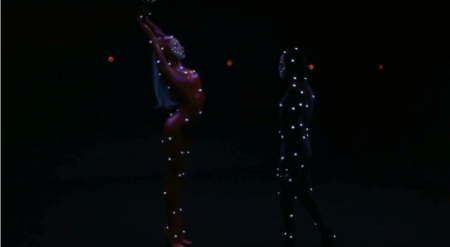
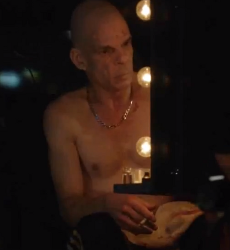 There’s something oddly satisfying about watching Monsieur Oscar adjust wigs, apply spirit gum, and remove prosthetics in between jobs. His character rips back the curtain on the effects-heavy nature of even a slice of life drama at this point.
There’s something oddly satisfying about watching Monsieur Oscar adjust wigs, apply spirit gum, and remove prosthetics in between jobs. His character rips back the curtain on the effects-heavy nature of even a slice of life drama at this point. Ring, the inspiration for the popular Japanese horror series and blockbuster US remake, is a quiet investigative thriller. Kazuyuki Asakawa, the newspaper journalist trying to find out how four teenagers all died at the same time from heart failure, is not a particularly engaging protagonist. He is a calm and understated man more than willing to take no for an answer. He would rather hold his cards close to his chest than risk being told no before he sees a story through to the end.
Ring, the inspiration for the popular Japanese horror series and blockbuster US remake, is a quiet investigative thriller. Kazuyuki Asakawa, the newspaper journalist trying to find out how four teenagers all died at the same time from heart failure, is not a particularly engaging protagonist. He is a calm and understated man more than willing to take no for an answer. He would rather hold his cards close to his chest than risk being told no before he sees a story through to the end.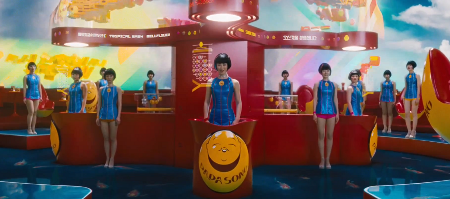
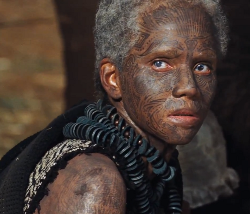 Perhaps this casting choice is the most controversial element of the film Cloud Atlas. If a character is supposed to be white in one story and Korean in another, why not cast a Korean actor to play the Korean role? Isolated from the film, the decision to cast a smaller cast of actors to take on six or more roles each seems questionable.
Perhaps this casting choice is the most controversial element of the film Cloud Atlas. If a character is supposed to be white in one story and Korean in another, why not cast a Korean actor to play the Korean role? Isolated from the film, the decision to cast a smaller cast of actors to take on six or more roles each seems questionable.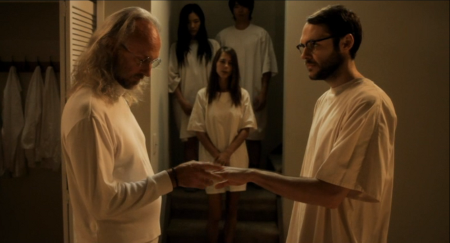
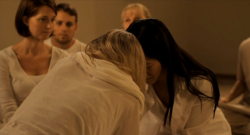 The second act is all about Maggie. Whether Brit Marling is on the screen or not, her character overwhelms the story. She indoctrinates the cult members and Peter and Lorna struggle not to be suckered in by her claims. Maggie is a wild and unpredictable force, her physical weakness balanced by a calculating mind that lets her get whatever she wants.
The second act is all about Maggie. Whether Brit Marling is on the screen or not, her character overwhelms the story. She indoctrinates the cult members and Peter and Lorna struggle not to be suckered in by her claims. Maggie is a wild and unpredictable force, her physical weakness balanced by a calculating mind that lets her get whatever she wants.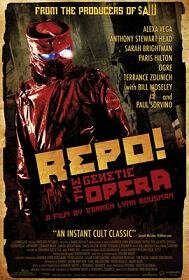 It’s actually quite amazing that Darren Lynn Bousman and Terrence Zdunich managed to conform so quickly to actual musical standards in
It’s actually quite amazing that Darren Lynn Bousman and Terrence Zdunich managed to conform so quickly to actual musical standards in 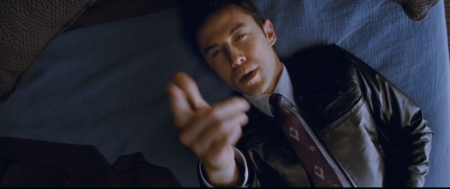
 Even more effective is Joe’s time at Sara’s farm. Emily Blunt dominates the film with a strange spin on the mother in peril trope. She’s only watching out for her son because he has no one else to care for him. She loves him and resents him at the same time. Yet, if anyone dares to step foot on her property, she will shoot them down without a moment of hesitation. Sara is tough and unsympathetic until the best plot twist in the film unfolds.
Even more effective is Joe’s time at Sara’s farm. Emily Blunt dominates the film with a strange spin on the mother in peril trope. She’s only watching out for her son because he has no one else to care for him. She loves him and resents him at the same time. Yet, if anyone dares to step foot on her property, she will shoot them down without a moment of hesitation. Sara is tough and unsympathetic until the best plot twist in the film unfolds.